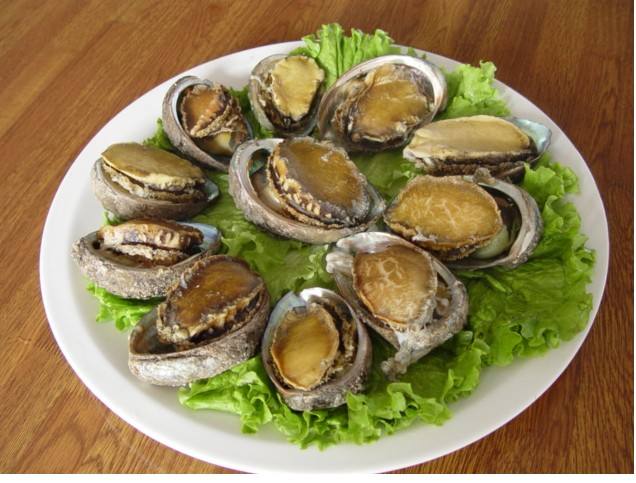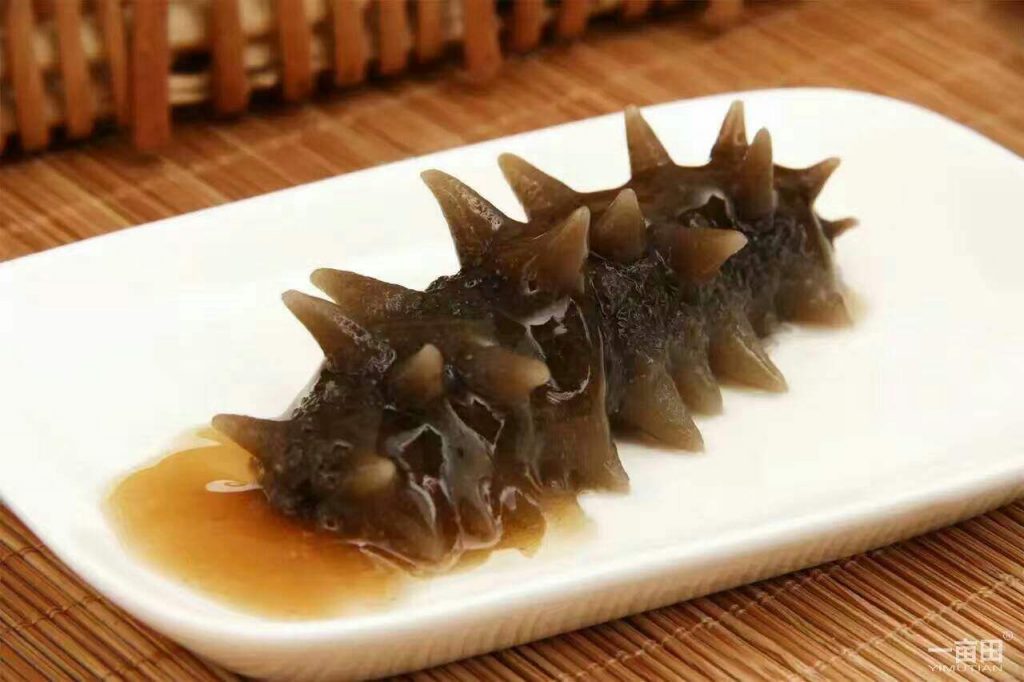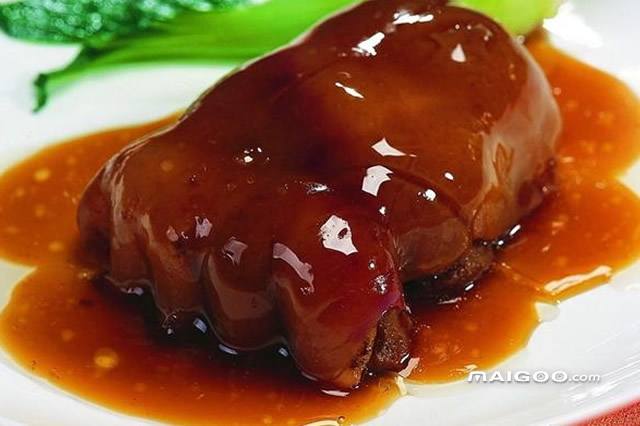Taste Sensations
4 min readEating your way through a city is one of the best ways to experience the local culture and to explore little known parts of where you are visiting. Most of us when we go on vacation will return a kilo or two heavier because of this, and why not, it is fun to eat new things. Food lovers, or foodies as the popular term is now, always make the case for this, stating that when someone cooks for you they are speaking to you from their soul. After all, food does not need to be translated to be good.
When traveling in China, this is a major part of the journey. Every area has its own specialty or local fare. Food in Liaoning draws from both traditional Han and Manchu traditions and offers up many preparations and flavors. Liaoning food can be spicy but not overpowering. As in many cold climates, there is a heavy emphasis on pickled and preserved vegetables as wel1. Seafood plays an abundant role in the cuisines being that Liaoning wraps around the Bohai Sea. Fresh fruits, vegetables and other agricultural products are also widely available. To understand the food is to understand the province.
One of Liaoning’s most famous dishes is suan cai, pickled cabbage. This dish made by everyone’s grandmother finds its way into many other dishes cooked with beef, mutton or pork. Little stuffed pockets of meat, jiao zi, are just as famous and can be found on every table. As far as street food or quick food, the light and crispy crepe stuffed with egg, meat or vegetables called jian bing is best prepared here.

Food plays an important role in tourism and is a major part of the expenses incurred when traveling. Very often as a traveler we spend much more than we would at home.
Delicacies like abalone and sea cucumber(famous in Liaoning) are part of the dining experience at the high-end restaurants found at many of the resorts. Travelers also come to sample the delicacies that are actually cheaper in their original port-of-call than in their own hometown. In Yingkou and Dalian, there are food streets filled with inexpensive seafood buffets that offer up low price but high quality fresh caught fish, crab, shell fish and other salt water treats.

Each city has their own local specialty and airports and train stations are filled with shops with pre-packaged treats and gift boxes full of the local foods for visitors to take home with them to savor their trip just a little bit longer. This goes to that intangible idea of enjoyment, eating the way you did on vacation lets us remember how good the trip was.

Bringing back a bunch of goodies to the office lets everyone else know that you had a good time. Flying out of Dalian,a city famous for seafood, the line to wait to get your fresh seafood packaged for flight is longer than at the check in counter.A team of attendants can pack your take-away in large styrofoam crates, wrap it in plastic, box it up, band it and it is ready for the flight, all for a nominal fee.
The entire culture of Chinese cuisine can best be discovered in Liaoning as well. In Shenyang,a few hotels will prepare, with enough time and of course a big enough budget, the pinnacle of eating in China, the Man han quan xi, or Manchu Han Imperial Feast. As an order of tasty diplomacy, the Qing Dynasty Emperor Kangxi,a Manchu held a banquet made up of dishes from all over China. The goal was to keep everyone happy. The Manchus and the Qing Dynasty were a major shift in culture from the previous Ming Dynasty that was Han.Each region and culinary style was represented in a mammoth three day meal. The amount of dishes ran into the hundreds with the auspicious number of 108 being the minimum for later incarnations.
The menu for Manchu Han Imperial Feast is the stuff of culinary legend. Deer tendon, bear paw, tiger kidney-many foods, even exotic then, were served. Today, much of the dishes are simply not available, but some such as sea cucumber, bird’s nest and deer are, while modern ingredients can replace the ancient. The price for this type of banquet? It used to be one of those,”If you have to ask, you can’t afford it”but many restaurants and hotels have affordable to very high-end menus for those looking to try these dishes and live like an emperor.

Intricate designs are added to the dishes,a special touch not used in common restaurants.
Delicate soups are typical of imperial banquets.
Vintage casks of ice wine can go for hundreds even thousands of dollars each.
Bottling and packaging of the ice wine is done all under one roof.








